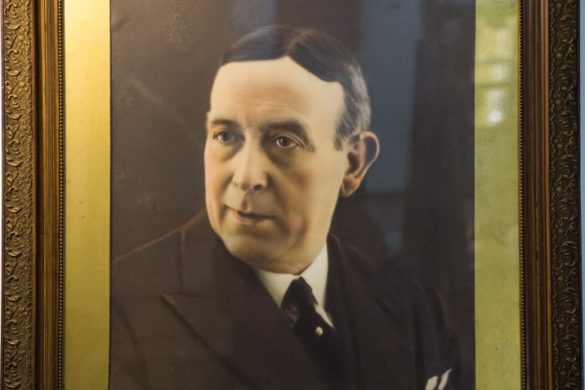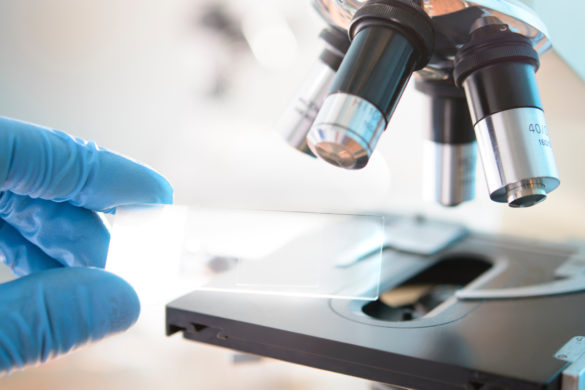Cross-sectional case-control studies (Blue)
Face masks have become commonplace across the USA because of the SARS-CoV-2 epidemic. Although evidence suggests that masks help to curb the spread of the disease, there is little empirical research at population level. In this article, the authors investigate the association between self-reported mask-wearing, physical distancing, and SARS-CoV-2 transmission in the USA, along with the effect of statewide mandates on mask uptake. Serial cross-sectional surveys were administered via a web platform to randomly surveyed US individuals aged 13 years and older, to query self-reports of face mask-wearing. Survey responses were combined with instantaneous reproductive number (Rt) estimates from two publicly available sources, the outcome of interest. Measures of physical distancing, community demographics, and other potential sources of confounding (from publicly available sources) were also assessed. The authors fitted multivariate logistic regression models to estimate the association between mask-wearing and community transmission control (Rt<1). Additionally, mask-wearing in 12 states was evaluated 2 weeks before and after statewide mandates. 378 207 individuals responded to the survey between June 3 and July 27, 2020, of which 4186 were excluded for missing data. An increasing trend in reported mask usage across the USA, although uptake varied by geography, was observed. A logistic model controlling for physical distancing, population demographics, and other variables found that a 10% increase in self-reported mask-wearing was associated with an increased odds of transmission control (odds ratio 3·53, 95% CI 2·03–6·43).
Communities with high reported mask-wearing and physical distancing had the highest predicted probability of transmission control. Segmented regression analysis of reported mask-wearing showed no statistically significant change in the slope after mandates were introduced; however, the upward trend in reported mask-wearing was preserved. The authors concluded that the widespread reported use of face masks combined with physical distancing increases the odds of SARS-CoV-2 transmission control. Self-reported mask-wearing increased separately from government mask mandates, suggesting that supplemental public health interventions are needed to maximise adoption and help to curb the ongoing epidemic.












